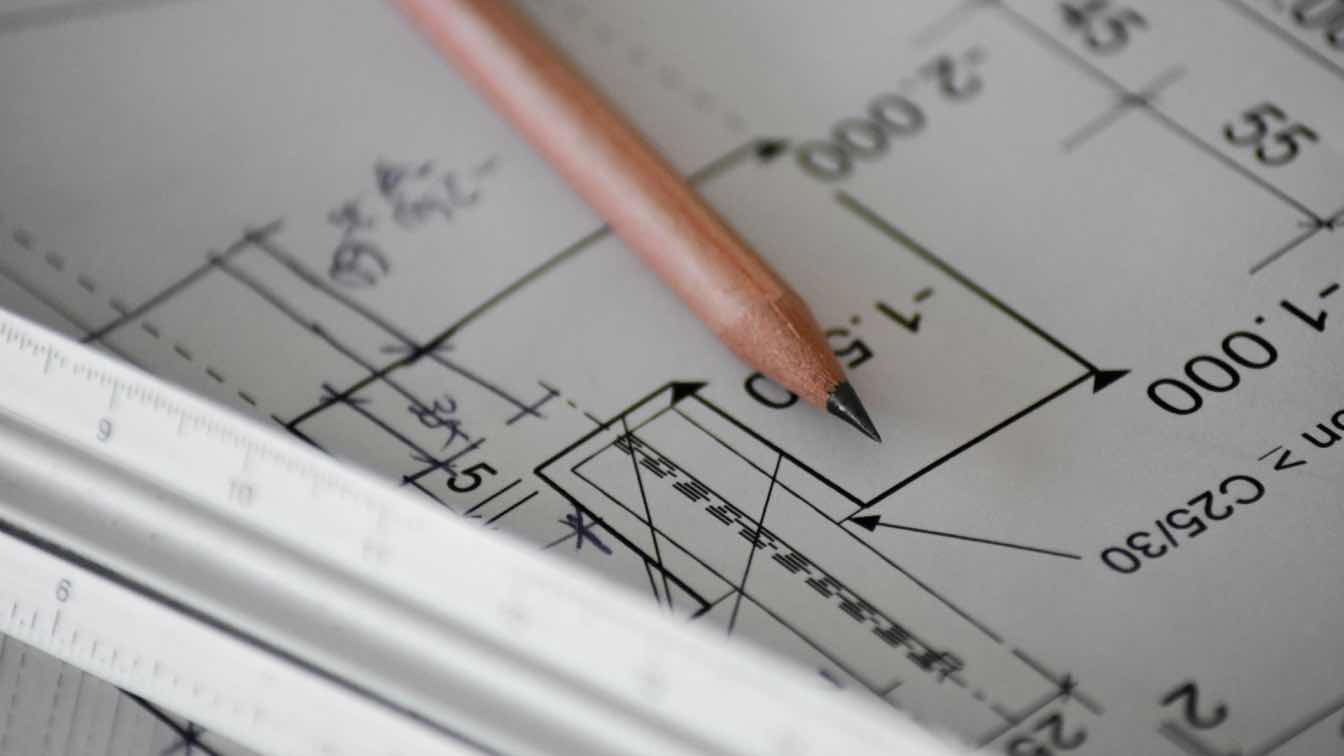Gravel, often overlooked, plays a pivotal role in various construction and landscaping projects. Its small, loose, rounded fragments of rock often serve as a foundation for roads, pavements, and even certain architectural structures. But what makes gravel so special, and how can you make sure you are using it correctly?
Understanding Gravel
Gravel is a naturally occurring material, typically sourced from riverbeds or quarries. It comes in various sizes and types, each suited for a specific application. For instance, while pea gravel is ideal for garden paths due to its smooth texture, crushed stone gravel, with its sharp edges, provides better traction and is commonly used in driveways.
Calculating Gravel Needs
Before embarking on any project, you need to determine the amount of gravel required. Underestimating can lead to unnecessary delays, while overestimating results in wasted resources. Thankfully, tools like the Omni Gravel Calculator can assist in making accurate estimations. By inputting the area's dimensions and desired gravel depth, one can quickly ascertain the volume needed, ensuring efficient project execution.
Building With Gravel
Gravel is not just for laying paths or driveways. Innovative Architects and Builders have recognized its potential in constructing remarkable gravel-based structures. These buildings, often characterized by their unique aesthetics and sustainability, are gaining popularity in modern architecture. If you're interested in exploring the trend further, follow this link for insights into building a great gravel structure, including the benefits and challenges associated with such projects.
Benefits of Gravel
Beyond its functional uses, gravel offers several benefits:
Drainage: Gravel's porous nature allows water to flow through it, preventing puddles and reducing the risk of flooding.
Low Maintenance: Unlike other materials, gravel doesn't crack or decay, so it offers longevity with minimal upkeep.
Eco-Friendly: Being a natural material, gravel doesn't emit harmful chemicals. This makes it an environmentally friendly choice.
Conclusion
Gravel, with its multifaceted applications and benefits, remains an indispensable material in construction and landscaping. Whether you plan to use it for a simple garden path or an avant-garde architectural marvel, understanding gravel and using it correctly can make a big difference in the results you achieve.





